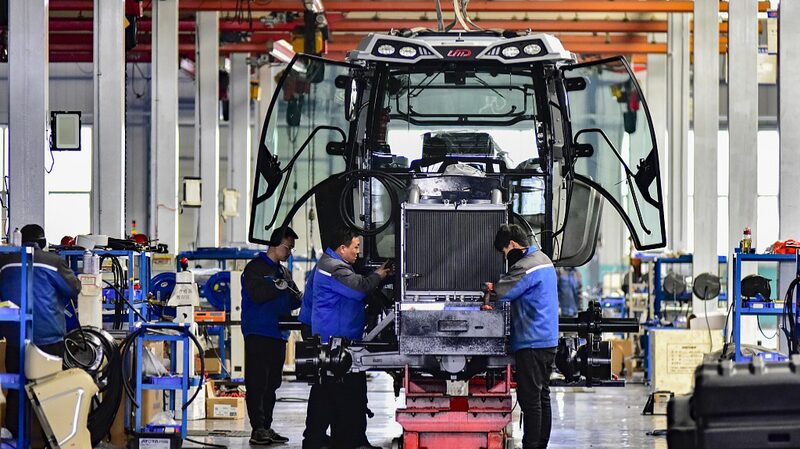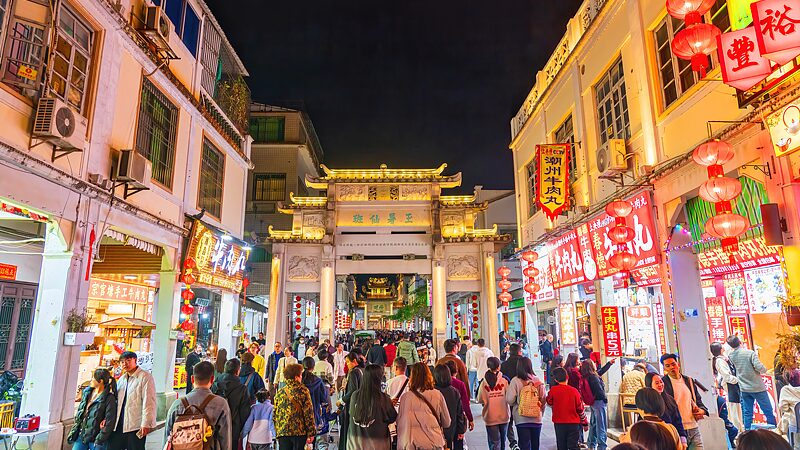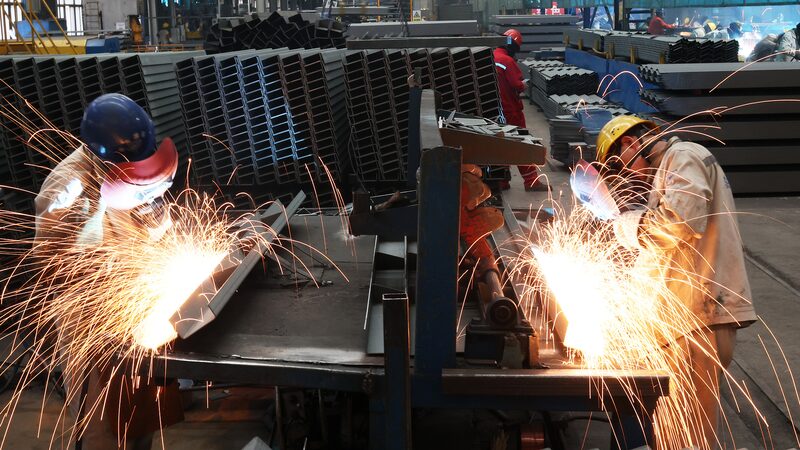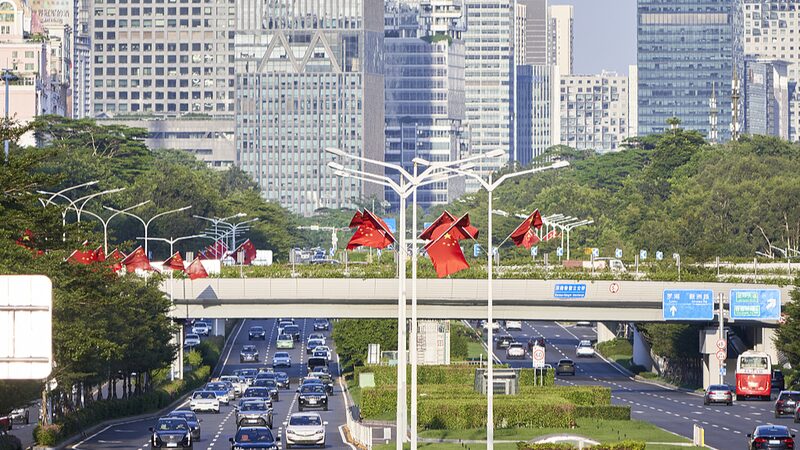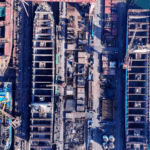Amid global economic uncertainties, China’s manufacturing sector is exhibiting promising signs of resilience and recovery. Recent data shows a rise in the Caixin manufacturing Purchasing Managers’ Index (PMI) to 50.9 in February, marking the fourth consecutive month above the critical 50-point threshold. This indicates an expansion in the sector and underscores China’s ability to navigate challenges and sustain growth.
Over the past months, the Chinese mainland has swiftly implemented measures to support businesses, stimulate domestic demand, and promote industrial upgrading. These initiatives are now bearing fruit, with manufacturing activity gaining momentum and contributing to the overall economic revival.
Global Headwinds and Domestic Measures
Despite positive indicators, challenges persist due to slowing manufacturing growth in key economies like the Eurozone and the United States. China’s official manufacturing PMI stood at 49.1 last month, reflecting pressures from decreased export orders. Weakening demand from major trading partners such as Germany poses challenges for China’s export-oriented manufacturing sector.
The uncertainty surrounding the U.S. economy, including slowing job growth and potential reductions in consumer spending, could dampen demand for Chinese exports. Key industries like electronics, textiles, and machinery may feel the impact, highlighting the need for robust domestic strategies.
Stimulating Domestic Demand
In response, China’s policymakers are prioritizing measures to boost domestic consumption, enhance household incomes, and foster innovation. By stimulating demand for higher-quality products and encouraging investments in technology, the government aims to strengthen the manufacturing sector against external shocks and lay a foundation for sustainable long-term growth.
The focus on equipment upgrading and consumer goods replacement signals a shift towards higher-quality products in the market. This could lead to increased demand for advanced machinery and innovative consumer goods, potentially boosting production activities and increasing factory output in the coming months.
Monetary Support and Economic Stability
The People’s Bank of China’s monetary easing measures, including reductions in the reserve requirement ratio (RRR) and cuts in the loan prime rate, aim to support economic stability and growth. By providing liquidity and lowering borrowing costs, these policies encourage financial institutions to extend credit to businesses, including manufacturers.
Lower financing costs incentivize manufacturers to invest in new machinery, upgrade technology, and expand capacity. Easier access to credit may accelerate investment plans, enhancing productivity and competitiveness within the sector.
Service Sector Growth Boosts Confidence
China’s non-manufacturing PMI rose to 51.4 in February from 50.7 in January, indicating expansion in the service sector. A surge in holiday travel and consumption during the recent Chinese New Year holiday reflects growing consumer confidence and willingness to spend. According to the Ministry of Culture and Tourism, 474 million domestic trips were made during the festival, a 34.3 percent increase from the previous year, with tourists spending nearly 632.7 billion yuan, a 47.3 percent year-on-year jump.
This positive sentiment is translating into increased investment and production activity in the manufacturing sector, as businesses become more optimistic about future demand prospects. The uptick in consumer spending stimulates demand along the supply chain, benefiting manufacturers of intermediate goods and raw materials used in various industries.
Looking Ahead
As China charts its course toward sustainable growth, the resilience of its manufacturing sector amid global uncertainties offers a glimmer of hope. The positive momentum seen in both manufacturing and non-manufacturing sectors provides a strong foundation for the Chinese mainland’s economic trajectory in the coming year. Continued focus on innovation, domestic consumption, and supportive monetary policies will be essential in sustaining this growth and navigating the complex global landscape.
Reference(s):
China's February PMI data signal policy and consumption resilience
cgtn.com
